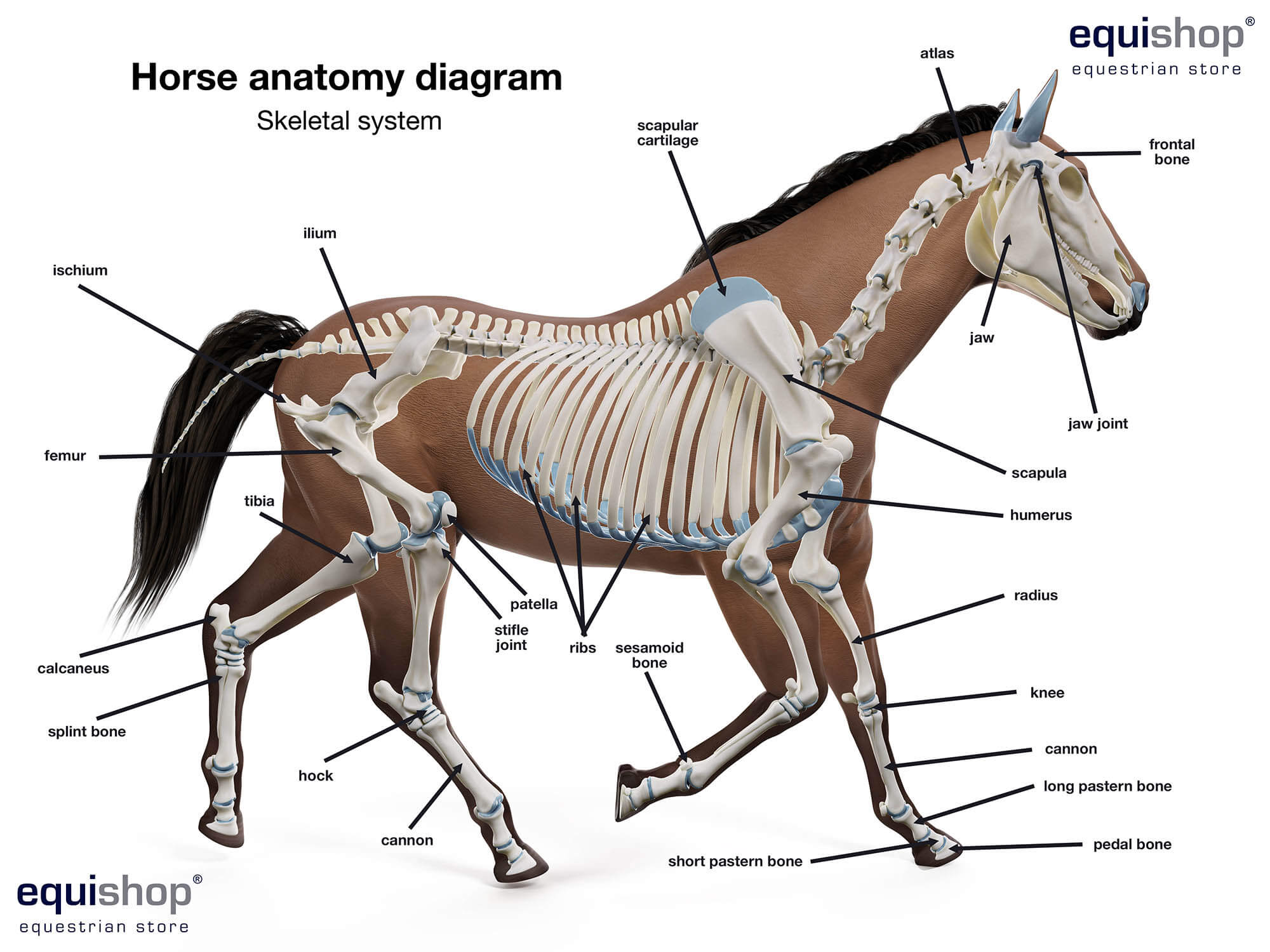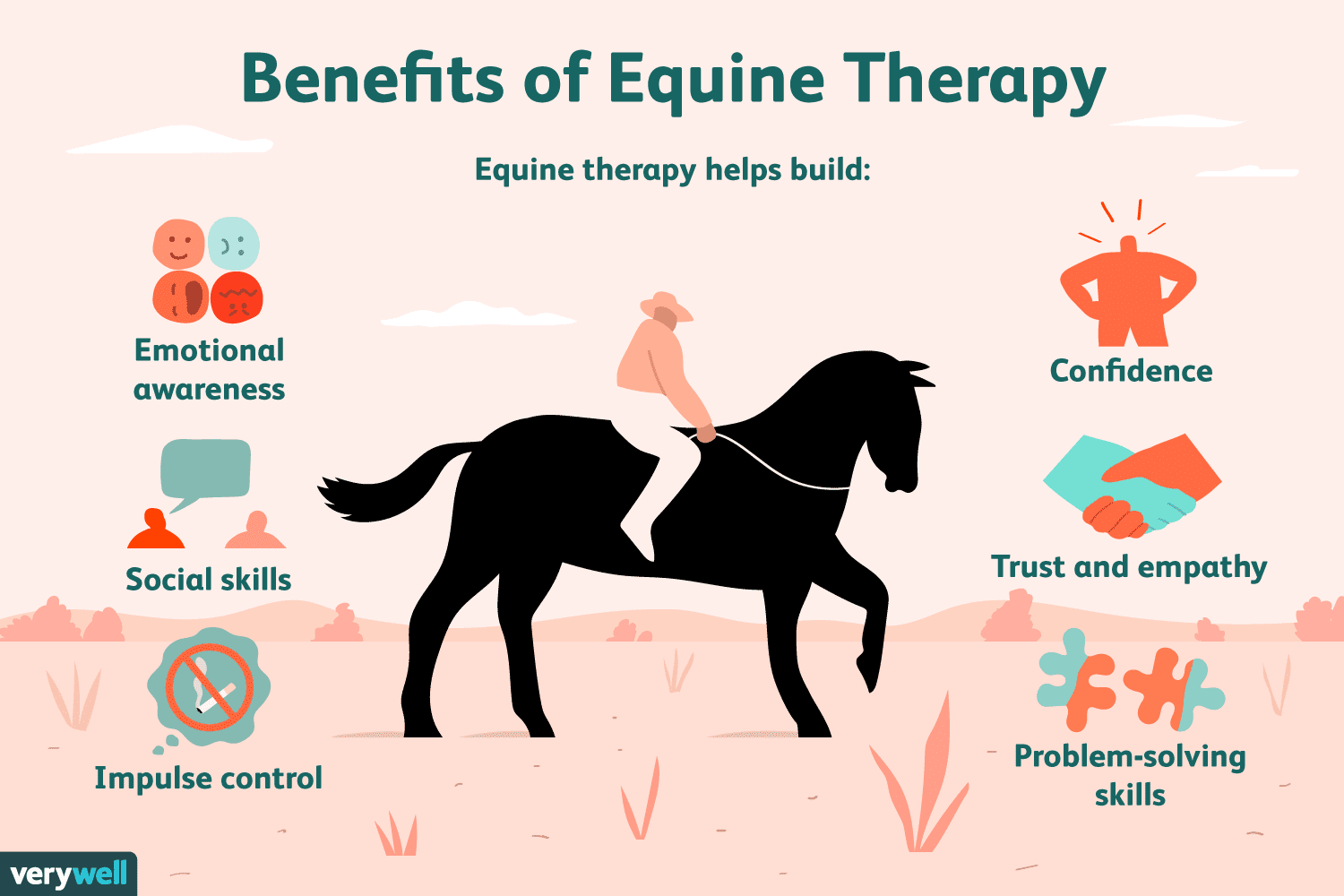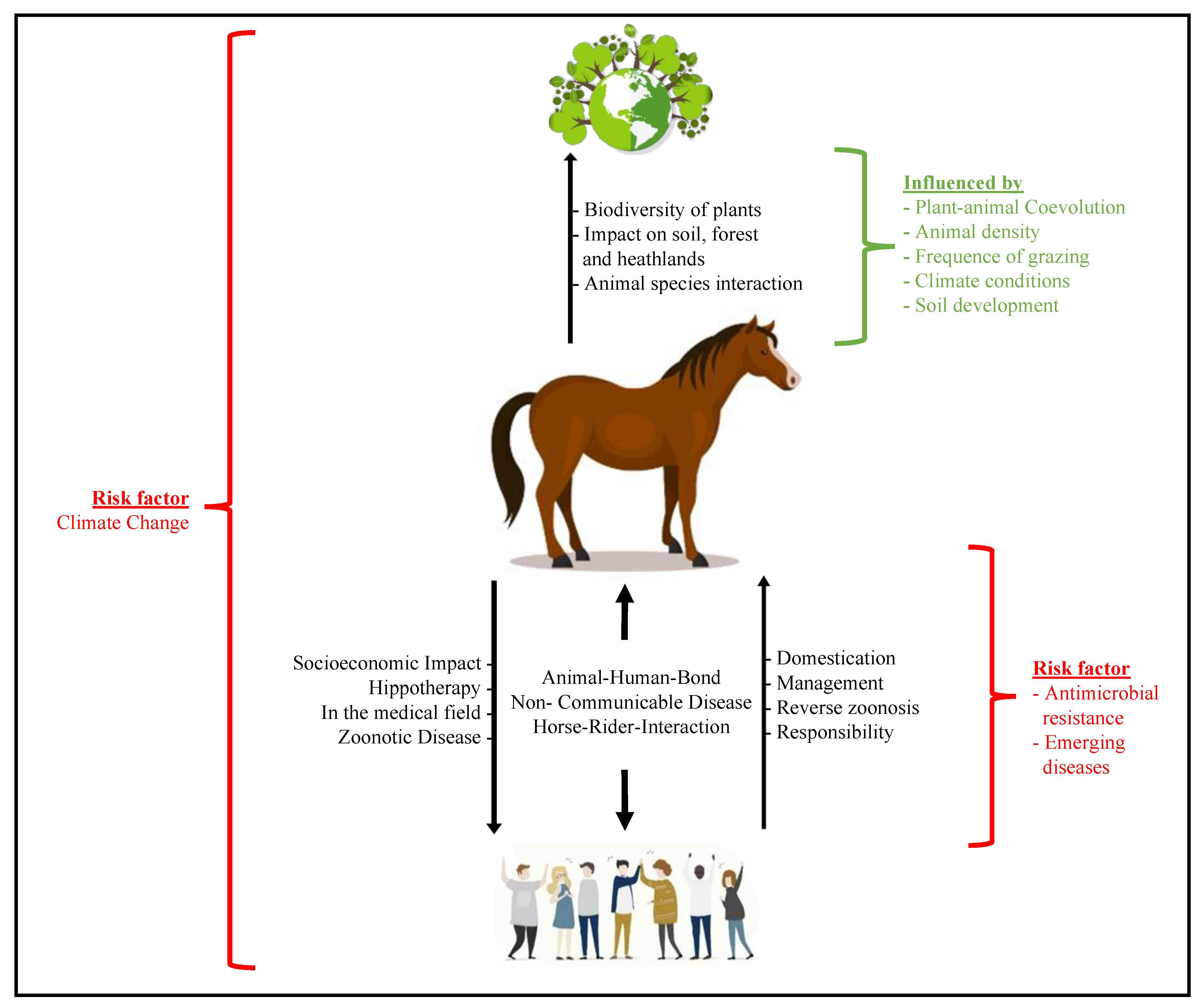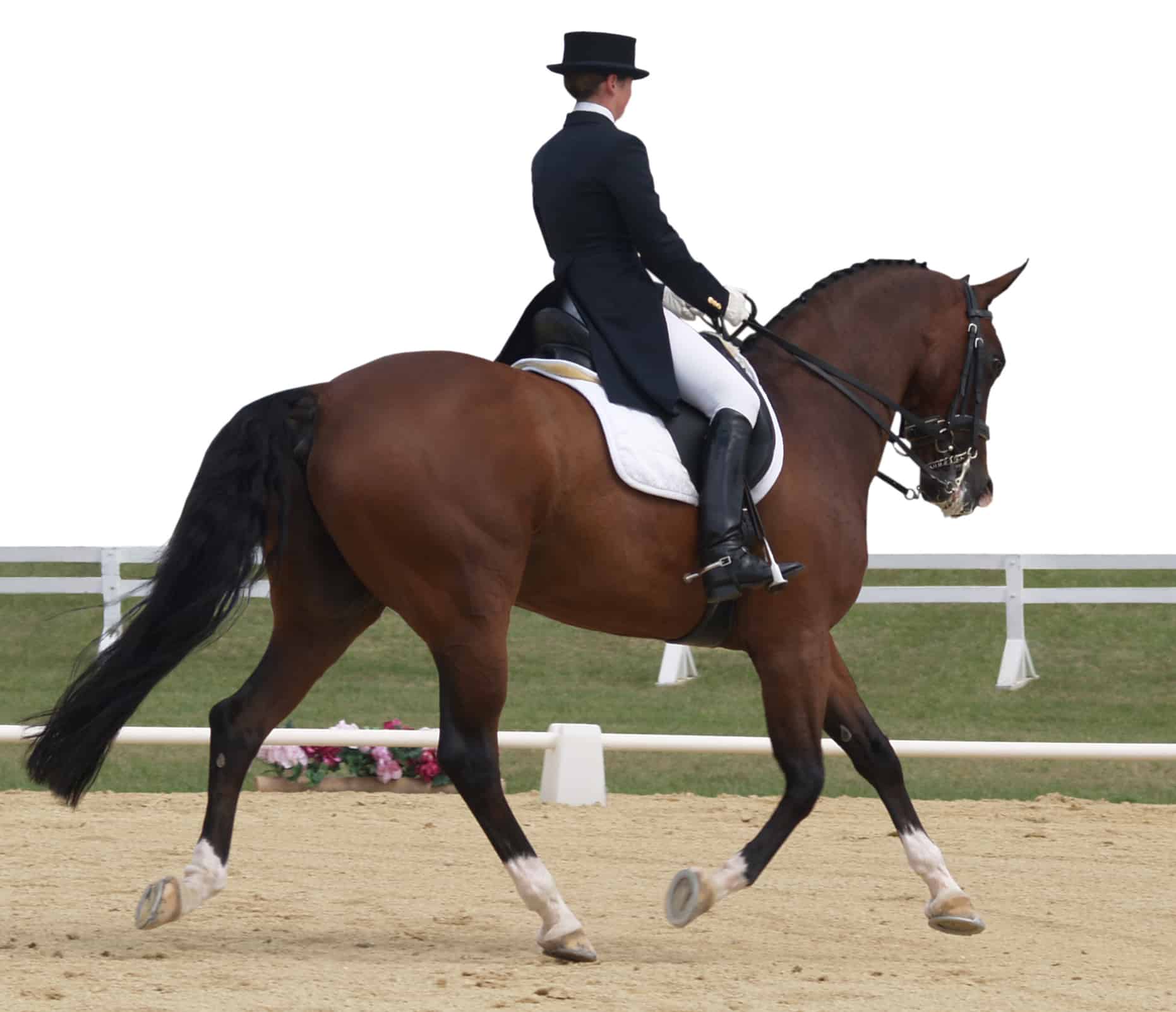Engaging in horse riding is not just a thrilling experience but also a comprehensive workout that targets various muscle groups throughout the body. This equestrian activity requires strength, stability, coordination, and balance, all of which are cultivated through the effective engagement of specific muscles. Whether you’re a seasoned equestrian or a beginner, understanding the muscular demands of horse riding can enhance your performance and the overall riding experience.
What muscles does horse riding work? Horseback riding requires balance and stability, which engages the muscles in your legs, including your quads, hamstrings, calves, and inner thighs. Additionally, it is a full-body workout that involves:
- 8 key muscles horseback riders use: Transverse Abdominus, Obliques, Psoas, Iliacus, Piriformis, Gluteus Maximus, and Gluteus Medius.
- Upper Body muscles such as Scapular Stabilizers (Shoulder Blades), Erector Spinae Group & Quadratus Lumborum (Back and Spinal Muscles), and Pectoralis Major & Minor (Chest Muscles).
- Core muscles including the abs, back, pelvis, and thighs which stabilize the torso.
Optimizing Equestrian Performance Through Targeted Muscle Conditioning

To achieve a harmonious interaction with the horse, riders must focus on conditioning a complex network of muscles essential for equestrian activities. The partnership between horse and rider is strengthened by the rider’s physical fitness, which enables them to move in sync with their mount and perform a range of riding maneuvers with ease and precision.
Stabilizing the Rider’s Core: Essential for Equestrian Endurance
Riders rely on a strong core to maintain stability and endurance in the saddle. Core muscles, including the often-overlooked multifidus and lumbar paraspinal muscles, provide essential support for the lower back. This core endurance is vital for equestrians to effortlessly respond to their horse’s movements and maintain their riding form for extended periods.
Enhancing Rider’s Leg Functionality: Beyond the Primary Muscles
Key leg muscles such as the tensor fasciae latae and sartorius are crucial for providing lateral stability and precise leg cues. These muscles complement the primary movers, allowing riders to convey subtle yet effective signals to their horses, which is critical for controlling the animal’s pace and direction.
Supporting Equestrian Posture: Integration of Secondary Muscles
Equestrian posture benefits from the support of secondary muscles, including the intercostal muscles, which aid in controlled breathing, and the pelvic floor muscles, which provide foundational support. These muscle groups help riders maintain a secure and balanced position while managing the horse’s gait and direction.
Facilitating Smooth Movements: The Significance of Supportive Muscles
The serratus anterior plays a significant role in connecting the shoulder blades to the thoracic wall, allowing for fluid arm movements. Similarly, the iliopsoas muscles are essential for hip flexion and a deep seat, helping riders maintain an effective riding position and communicate with their horses through body language.
Advancing Rider’s Agility: Flexors and Extensors in Action
The forearm’s flexor and extensor muscles are vital for the nuanced control of the reins, enabling riders to transmit precise instructions to their horses. The balance between the flexor carpi radialis and extensor digitorum communis is key to a firm yet responsive grip on the reins.
Designing a Conditioning Program for Equestrian Athletes
For equestrians to reach their peak form, a tailored conditioning program that targets both primary and secondary muscles is crucial. Incorporating a blend of resistance training, aerobic activities, and functional workouts can lead to improved riding techniques, enhanced endurance, and a reduced risk of injuries.
- Resistance exercises such as deadlifts can bolster lower back strength, while farmer’s walks improve grip endurance.
- Low-impact aerobic activities like cycling help build cardiovascular capacity without straining the joints.
- Functional workouts, including kettlebell swings, replicate the dynamic actions of horseback riding, promoting overall muscle synergy.
A thorough conditioning program ensures equestrians can fine-tune their performance and establish a robust fitness foundation that meets the diverse challenges of horseback riding.
Elevating Equestrian Performance with Muscle Conditioning

Partaking in equestrian activities not only delivers a sense of joy but also contributes to improved muscle tone and physical health, with horseback riding benefits extending to various body functions. This discussion focuses on the nuances of conditioning required for riders to optimize their performance and reap the full benefits of engaging with these majestic animals.
Bolstering Arm Strength and Enhancing Flexibility
A rider’s upper body strength is essential for effectively managing the reins and guiding the horse. To improve control and endurance, incorporating specific exercises such as rows and shoulder presses can be beneficial. Flexibility in the arms is also crucial for seamless motions, achieved through consistent stretching and flexibility exercises.
Targeted Workouts for Arms and Shoulders
- Building Biceps for Rein Control: Strengthening the biceps is essential for riders to maintain a strong yet gentle rein grip.
- Developing Shoulder Endurance: Robust shoulders support the rider in sustaining a proper equestrian posture throughout the ride.
- Enhancing Arm Flexibility: Regular stretching routines help prevent stiffness and contribute to more elegant rein handling.
Core Activation for Riding Mastery
A robust core is essential for horseback riders, providing stability and balance. Exercises targeting the lower abdominal and oblique muscles, such as Russian twists and leg raises, are effective in strengthening the rider’s core, which is crucial for maintaining a steady and deep seat.
Core Fortification Practices
- Twisting for a Stable Core: Engaging in Russian twists helps develop the obliques, which are key to rotational stability on horseback.
- Lower Abdominal Reinforcement: Leg raises are particularly effective in firming the lower core, a significant factor for a deep and secure seat.
Leg Muscle Training: Essential for Rider Equilibrium
The legs provide a stable base for riders, with specific muscle groups such as the quadriceps and calves playing a pivotal role in maintaining balance and absorbing the impact of the ride. Exercises like calf raises and leg presses are beneficial for enhancing the strength and stability of these muscle groups.
Central Leg Workouts for Equestrian Athletes
- Enhancing Balance with Calf Raises: Focusing on the calf muscles, these exercises contribute to better balance and the ability to absorb movement when riding.
- Quadriceps and Hamstrings Conditioning: Leg presses are integral for reinforcing the strength of the quads, hamstrings, and glutes, ensuring a sturdy position while mounted.
In summary, riders who commit to a systematic approach to equestrian muscle conditioning are more likely to experience proficiency and safety in their practices. By focusing on a holistic training plan, equestrians can ensure that all critical muscle groups meet the physical demands of the sport, leading to a more rewarding and effective riding experience.
Harmonizing Musculature for Balance in Horse Riding

Attaining balance in horse riding transcends mere physical strength; it necessitates a symphony of muscle coordination and flexibility. The rider’s body must become an extension of the horse, adapting seamlessly to its rhythm. This dynamic balance is the result of countless hours spent mastering the art of equine communication through the body’s musculature. Each muscle group plays its part, ensuring the rider can anticipate and adjust to the horse’s movements, preserving a state of equilibrium that is both responsive and controlled.
Interplay Between Muscles for Equilibrium
Effective balance in the saddle is the product of a complex interplay between various muscle groups. The intricate coordination required involves not just the major muscles but also the smaller, stabilizing ones that often go unnoticed. For instance, when a horse suddenly turns, the rider’s oblique muscles spring into action, facilitating a swift yet smooth adjustment to maintain alignment with the horse’s new path. Meanwhile, the adductors and abductors of the inner thighs help the rider apply pressure subtly, aiding in direction without disrupting the horse’s stride.
- Oblique Muscles: Aid in the rider’s lateral stability and twisting motions.
- Adductors: Crucial for gripping the horse’s sides and stabilizing the rider’s seat.
- Abductors: Assist in leg signaling for turns and commands.
Coordination of Upper and Lower Body Muscles
The synchronization between upper and lower body musculature is paramount in achieving a balanced ride. The core muscles, serving as a central command center, transmit the rider’s intent down through the lower body muscles to the horse while simultaneously channeling feedback from the horse back to the rider’s upper body. This loop of communication maintains balance and harmony between rider and horse, allowing for a fluid interchange of signals and adjustments.
- Core Muscles: Act as a nexus, harmonizing upper and lower body movements.
- Lower Body Muscles: Translate the rider’s commands into gentle cues for the horse.
- Upper Body Muscles: Absorb and adapt to the feedback received from the horse’s motions.
Muscular Fluidity for Dynamic Balance
Dynamic balance in horse riding is characterized by a rider’s muscular fluidity, allowing them to absorb the horse’s movements and maintain an effective riding position. This fluidity stems from a combination of muscle elasticity and reactive strength, particularly within the hip flexors, that enables the rider to adjust their posture instantly as the horse moves. Exercises aimed at enhancing muscle reactivity and suppleness, such as dynamic stretching and plyometrics, can improve the rider’s ability to maintain balance during sudden changes in direction or speed.
- Hip Flexors: Facilitate quick postural adjustments in response to the horse’s movements.
- Dynamic Stretching: Increases muscle elasticity for greater adaptability.
- Plyometrics: Builds reactive strength for instant muscular responses.
Strategic Muscle Engagement for Stability
The strategic engagement of certain muscle groups is crucial when riders encounter varied terrains or perform complex maneuvers. For example, navigating uneven ground calls upon the ankle stabilizers and calf muscles to absorb shock and maintain a secure footing. Similarly, executing a jump requires a burst of power from the quadriceps and hamstrings, paired with a firm core to land gracefully and continue the ride with minimal disruption.
- Ankle Stabilizers: Provide steady support over uneven terrain.
- Calf Muscles: Help absorb shock and impact during the ride.
- Quadriceps and Hamstrings: Deliver the necessary power for jumps and sprints.
Developing balance in horse riding is about creating a cohesive unit between horse and rider. It’s a balance that’s flexible yet firm, responsive yet unobtrusive. The key lies in training the body’s musculature to function as one, fine-tuning the muscles to act and react in concert with the horse. By focusing on the harmony of muscle groups, equestrians can achieve the pinnacle of balance, leading to a ride that is both enjoyable and effective.
Horse riding is not only a thrilling activity but also an excellent form of exercise that engages multiple muscle groups. While you’re exploring the world of equestrian activities, you might be curious about the mechanics of the animals themselves. Learn about how horse hooves work to better understand the intricate nature of these majestic creatures. Additionally, if you’re considering taking up horse riding, you might wonder about the costs involved. Our article on how much horse riding lessons are can help you budget for your new hobby. Lastly, to ensure your horse is comfortable and protected, it’s important to know what horses wear during different activities and weather conditions. Together, this information will enrich your horse riding experience, giving you insight into the sport and the amazing animals that make it possible.
Improving Riding Seat Muscles for Better Performance

Specific Exercises for Riding Horse Muscle Development
To improve riding horse muscle development, riders can engage in targeted exercises that mimic the demands of riding. These exercises include planks and other core stabilizers, thigh and hip strengtheners like squats and lunges, and flexibility routines such as yoga or Pilates. Strengthening these specific muscles leads to a more secure and effective riding seat.
Techniques to Enhance Equestrian Core Strength and Flexibility
Enhancing equestrian core strength and flexibility can be achieved through various techniques. Riders should incorporate exercises that promote spinal mobility, pelvic stability, and overall flexibility. Consulting with a licensed physical therapist or an equestrian fitness trainer can provide personalized recommendations to address individual needs and prevent injuries.
In conclusion, horse riding is a complex sport that works an extensive array of muscles. The equestrian fitness achieved through riding contributes to a rider’s overall health and well-being. By understanding the horse riding muscles involved, riders can tailor their workouts to improve their strength, balance, and performance, thereby fostering a more harmonious relationship with their equine partners.



